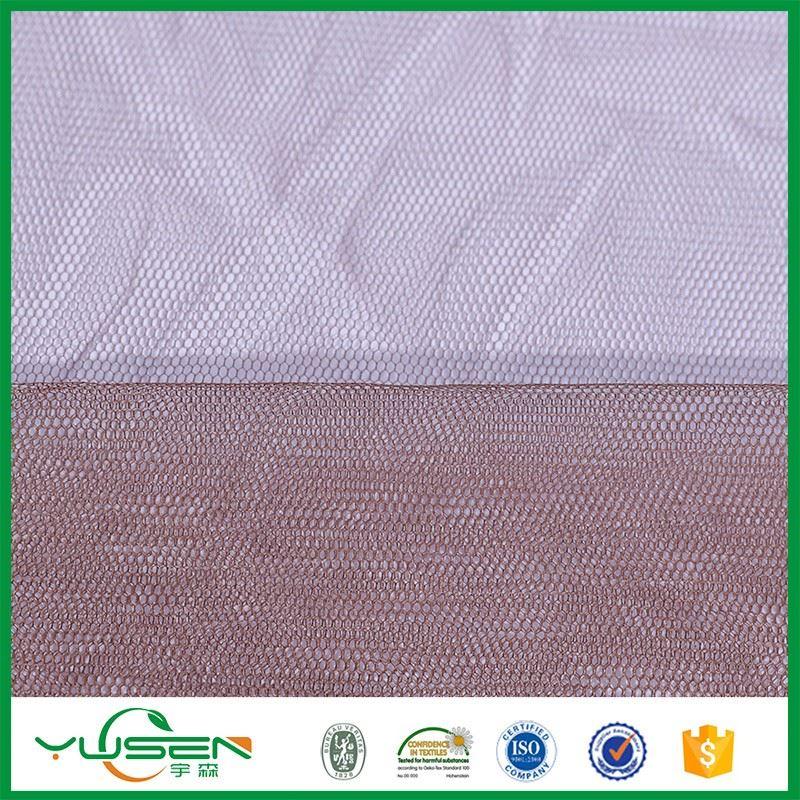-
+86-573-80772275
-
+86-573-80772275

In the whole process of woven fabric production, the fabric edge plays an extremely important role. Next, I will introduce the importance of the woven cloth edge
1. During the weaving process, the fabric edge must be fastened at both ends of the weft yarn to withstand the strength of the temple, so that the fabric surface of the woven fabric will not cause excessive weft shrinkage. In addition, the cloth edge also has the effects of reducing the warp bending of the edge warp, improving the friction of the edge warp and the reed tooth, reducing the breakage rate of the edge warp yarn, increasing the edge strength, keeping the cloth surface flat and the width uniform, and the cloth edge It is easier to make the whole winding shape, which is convenient for the processing of the subsequent process.
2. In the process of dyeing and finishing, the edge of the woven fabric is subject to the pulling force of the cloth clip or needle punch, especially the cellulose fiber fabric such as cotton and hemp. In the setting tentering process after mercerizing, it has to withstand a lot of tension, after all, a firm, smooth, tight and appropriate edge organization is a necessary condition for good finishing. If the fabric edge design of the woven fabric is unreasonable, the fabric will have loose edges, broken edges, tight edges, curling, etc., and there will also be a large number of broken edges, and even the finishing process will not be possible at all. Cause huge losses.
Considerations when weaving woven fabrics
1. Width. The side structure is too narrow, the strength is not enough, can not withstand the pulling force, it is easy to tear the side, and it does not protect it; the side structure is too wide, which increases the cost of the fabric, and it will affect the fabric's tailorability under a certain width. area. In general, simple weave fabrics only need a smaller width, but the width of some of the same-side, different-face structures and elastic fabrics with long floating lines should be appropriately increased according to the situation.
2. Thickness. The thickness of the woven fabric should be as close as possible to the body of the woven fabric, so that it is easy to keep the fabric flat, wound, beautiful and evenly stressed.
3. Tightness. The edge of the woven fabric is usually slightly tighter than its body, but be careful not to be too tight. Too tight will affect the finishing, and in a short period of time, the fabric edge can't bear the large deformation, or even tear the fabric edge, making the entire batch of woven fabric obsolete; if it is too loose, on the one hand, it will form weft shrinkage and form a ruffle. On the other hand, it is easy to break the edges during the finishing. Therefore, the density of the edge tissue must be greater than that of the ground.

We have our own professional and excellent design teams include ten highly skilled designers, more than 5 new style coats are launched per month.